
Juan Carlos Fresnadillo doesn’t necessarily seem like the kind of guy who would direct a movie where throats are ripped out, eyeballs punctured, and people are burned alive. He’s a thoughtful, introspective guy, very relaxed and hospitable. So it’s not a surprise then, that his “apocalyptic thriller” is an emotional, serious-minded, self-described “journey” with aspirations of being more than just a grisly blood-letter (although it IS that fairly often, and it does it well). The movie is fast, ferocious, and often startling, and really a must for fans of horror in all its forms.
I sat down 1:1 with Juan Carlos for an all-too-brief interview (you get the sense he could talk about this movie for hours), and we discussed how his 28 WEEKS LATER achieves a power outside of its graphic visuals.

First of all I want to say, I saw 28 WEEKS LATER the other day and thought it was fantastic. I’m a hard-core horror fan, and we’re not push overs, but I thought this movie was pretty terrifying at points. I was especially impressed with the sound design, which was incredible. Can you talk about your efforts to make this movie as scary as possible?
JC: This movie’s a kind of intense journey, an intense trip. That’s why – if you want to talk about sound, it’s something I’m so obsessed with, especially in this case, when it takes place in an apocalyptic city. When you talk to the sound department, the tendency is to always have music around, always a lot of sound… But in this one – and I’m so happy with the sound crew – there is silence. There is a lot of silence. Because silence sometimes is SO scary…
You’re not telegraphing the scares with music…
JC: Exactly! It’s so scary, especially when you’re dealing with a deserted city. The city is like a ghost, and that ghost doesn’t have any kind of sound. I’m sure everybody has this nightmare, when you walk out in the street and you see your city absolutely abandoned and devastated, without any sign of life. And without any sign of life, there’s no sound. One example I can give you, is toward the end when they’re at Wembley stadium. Usually there’s a fantastic, majestic soundtrack or whatever, but it’s much better – by far – in silence. Maybe there’s a layer of wind, but its SO low, so low… Because I believe in order to achieve that kind of eerie and scary moment, you combine a punch of sound, and then silence. In that sense the concept of the sound is related to the main idea of the film which is – this is a war, between the infection and the human race. And in every war it’s like that. I’ve never been in a war, but I’ve read a lot about them, and it’s always the same for the people who talk about it: Crazy time, then rest… Crazy time! Then rest…That was the idea with the sound, and I’m so pleased with the sound editors of the movie, because they understood this.
Now this is just your second feature film, and you first English-language film, correct?
JC: First all English-language, yes.
What were the challenges considering that, and working on a movie of this size and with these expectations?
JC: There’s always pressure you have in the beginning, but fortunately I had good partners on this trip. First of all, I worked with my producer on INTACTO, Enrique Lopez, who is also a screenwriter on the movie. The both of us, we are a team, and we work together pretty well. And from there, we got an amazing crew. The director of photography (Enrique Chediak) made me think “I’ve got my man.” Apart from the fact that he’s Latin, he has the rhythm and the touch of the people that I love, you know? He’s always trying to make something better. And I’m always playing with concepts and ideas in photography, because you’re creating visual imagery, but at the same time you’re trying to deliver an idea.
Apart from that we got support from Danny Boyle, and Danny helped me to get over that pressure. At the very beginning he was very clear about “Make your movie, forget my movie, we need fresh eyes, feel free to do whatever you want.” And when you hear that from the original creator, it’s fantastic. You feel free, and I think you start to lose the fear and the pressure about “My God, these expectations!” And you start to focus on your own stuff.
How involved was Danny Boyle, from start to finish? He hand-picked you after seeing INTACTO, right?
JC: Exactly, he saw INTACTO, and then he gave me the reins to write. So his support was important in that sense. Apart from that, he joined the second-unit shoot for three days, which for me was kind’ve an adventure. Because I showed him the storyboards and I wasn’t able to be with both units at the same time, so he said, “Give it to me, I’ll do it. I would love to help you.” And I said, “How are you going to direct SECOND unit?!” And he just said, “I want to help.” And he came for three days, and we enjoyed it a lot. He participated a lot in the jetty, the very end of the opening sequence. And in the interior of the house, there’s a specific scene that Danny shot. Our procedure was the same, we discussed it, I showed him all my storyboards, and then he shot it. And I told him feel free to shoot anything else. Sometimes he had time to, sometimes not. You know, the normal stuff when you’re making a movie.
Did you grow up watching horror movies? Zombie movies, in particular?
JC: You know something, I think this movie is more of an “apocalyptic thriller” than a horror movie. And maybe I’m not a crazy fan of horror movies, but I enjoy them, obviously. I think THE EXORCIST is probably one of my favorite movies of all time. But on the other hand, I don’t think this is a zombie movie. I understand why people call them “zombies” because there are several connections between them, but this movie is about infection and disease, something that is living, it’s not related with death, like zombies. And it’s not fantasy, this movie is trying to create REAL terror, which is something that I think is fantastic when you’re dealing with this landscape. These apocalyptic visions.
There’s a melancholy tone, and such a sense of tragedy, about 28 WEEKS LATER, and yet you’re still trying to create an exciting horror movie. How do you strike the balance between creating a “thrill ride” and something that has real pathos and sadness about it?
JC: That was the challenge that I faced with the project. I wanted to create an exciting movie, obviously, but also something with a heart. With a human heart. That’s why in every single sequence, the human approach is so important, because I believe that when you’re dealing with that kind’ve stuff, you can make a really good ride – an emotional ride -which at the end of the day is the best thing to convey, the best thing to deliver to the audience.
A special thank you to Juan Carlos Fresnadillo for sitting down with me, and to Fox Atomic for arranging it.






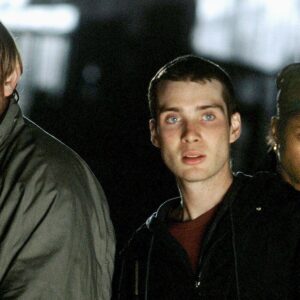
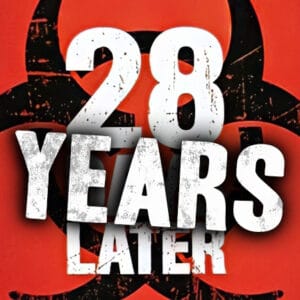
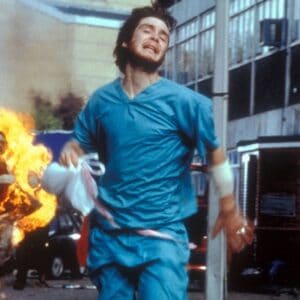
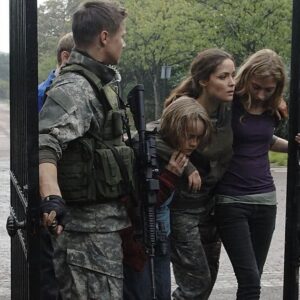




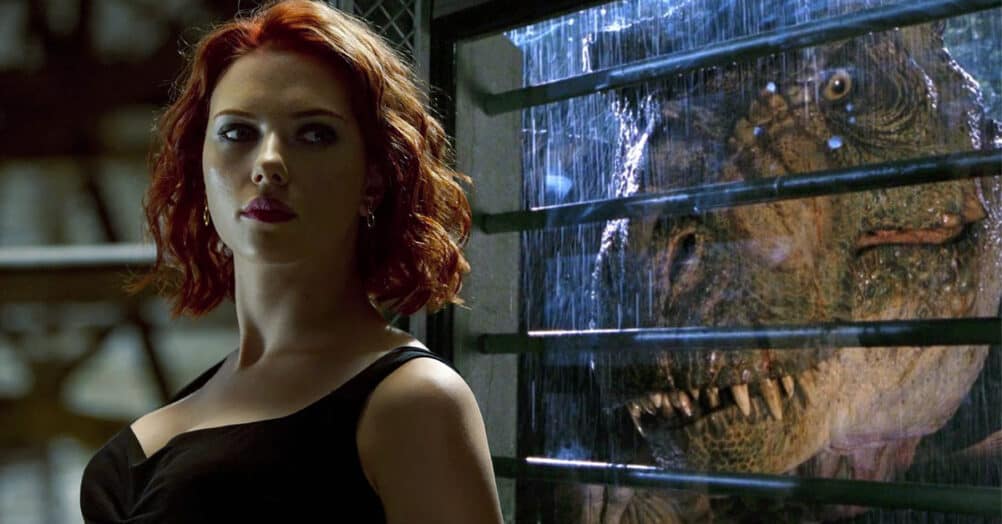





Follow the JOBLO MOVIE NETWORK
Follow us on YOUTUBE
Follow ARROW IN THE HEAD
Follow AITH on YOUTUBE